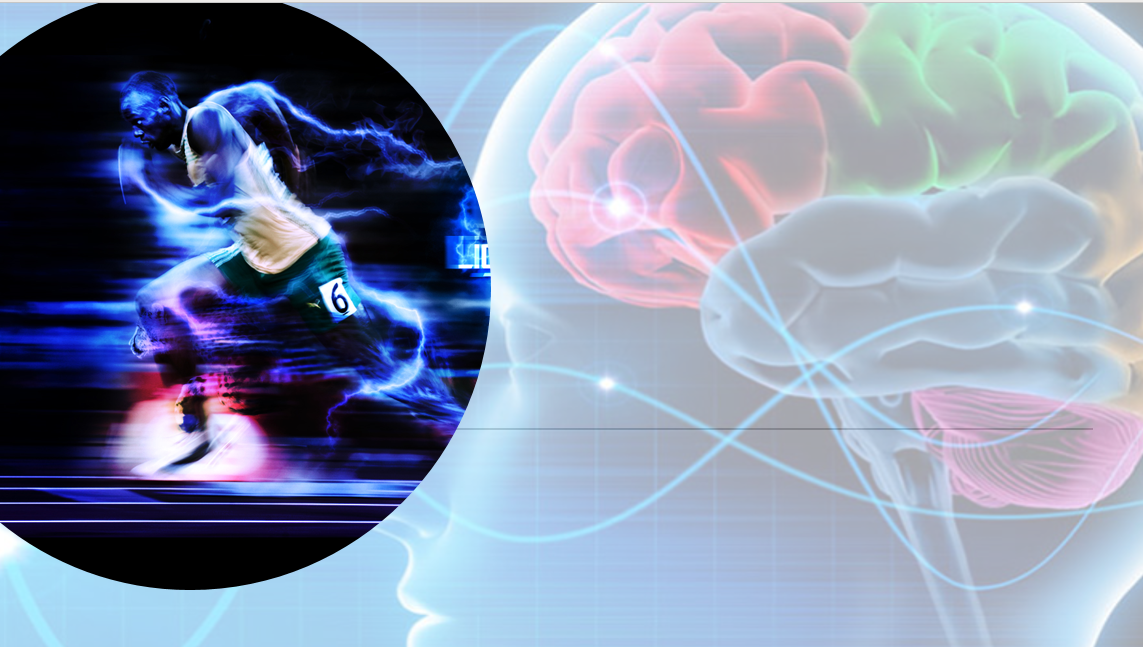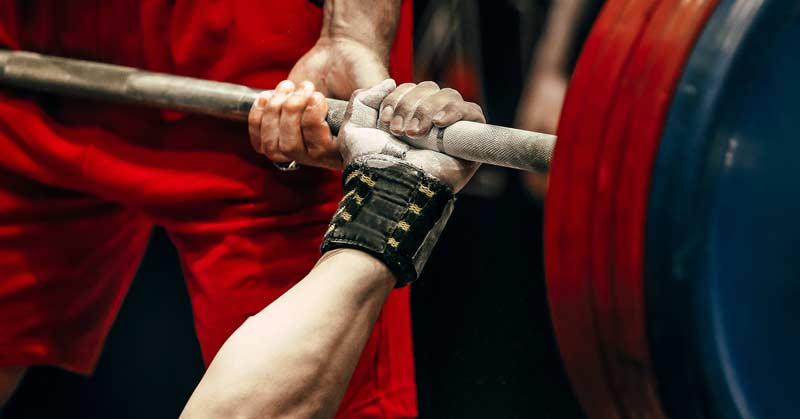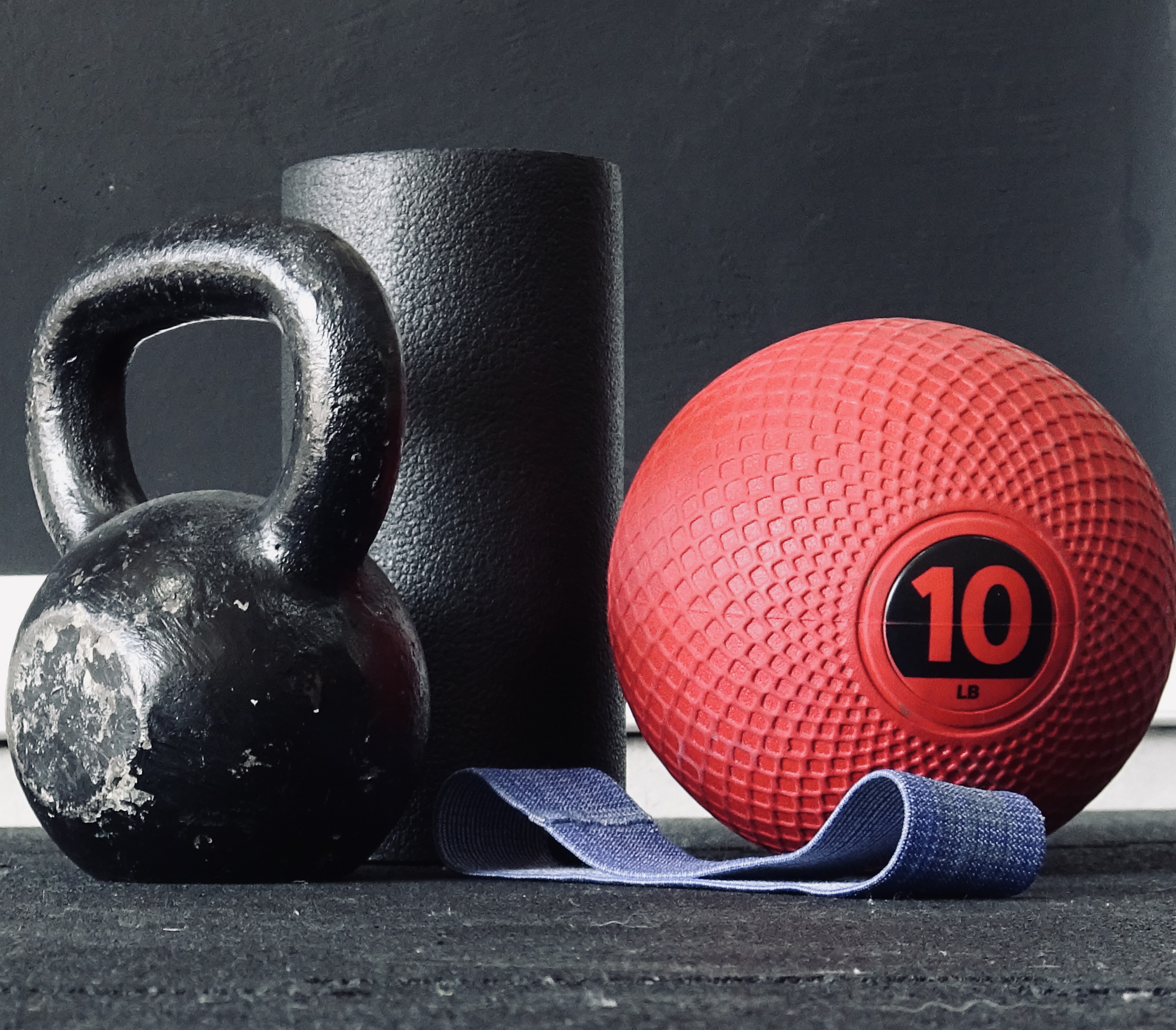
What is Mental Practice (MP)?
Mental Practice (MP) is the imagined execution of a motor skill without visible muscle activity. In reality, micro-tensions are generated from the Central Nervous System (CNS) to the muscles, which are not perceptible to an external observer. These micro-tensions, however, are crucial for motor learning.
Purpose
The purpose of MP is motor learning. This is achieved through memory recall, with active participation of imagination and thought, reconstructing sensory representations stored in the brain.
Synonyms
MP is also known by various terms, including:
- Mental training
- Covert practice
- Ideomotor learning
- Symbolic execution
- Mental imagery training
All these terms describe the same process.
When is it applied?
MP can be applied at three different phases:
- Before physical execution
- After physical execution
- Both before and after physical execution
Why is it applied?
The practitioner mentally reviews the skill, focusing on its key features, aiming to improve performance.
How is it applied?
MP is implemented through the provision of instructions, which can be:
- Written instructions
- Auditory instructions
- Verbal cues
- Audiovisual guidance
The key to success
The key to successful MP lies in the combination of three elements:
- Vivid imagination or clear mental image
- Control over the imagined movement
- Accuracy, meaning that the imagined image must be a faithful representation of reality.
Effectiveness
The effectiveness of MP in motor learning depends on various factors, such as:
- The clarity of mental images
- The control over the mental images produced
- Sensory perception during MP
- Prior experience with MP
- The individual’s motor skills level and experience
- The nature of the skill
- Intelligence, age, and gender
Mental Practice Techniques
MP can be categorized based on:
Type of senses involved:
- Visual: The individual imagines seeing themselves perform a skill.
- Kinesthetic: The individual imagines experiencing the movement as if they were performing it.
Perspective:
- External: The individual imagines the skill from an external observer’s point of view.
- Internal: The individual imagines the skill from their own point of view, as if they were performing it.
Outcome:
- Positive MP: Imagining the successful execution of a skill.
- Negative MP: Imagining an unsuccessful execution of a skill.
Theories
Several theories explain the effects of MP on motor learning and execution, including:
- Symbolic Learning Theory
- Psychoneuromuscular Theory
- Mental and Muscle Nodes Theory
- Memory Organization Theory
Psychoneuromuscular theory, based on the ideomotor principle, suggests that the same neural and muscular activity occurs during MP as in physical execution. Electromyographic data show minimal but sufficient neuromuscular activity during MP to provide feedback to the motor cortex.
Conclusion
Mental Practice is a valuable tool for learning and improving a skill. It helps structure and understand movement, emphasizing key points with the help of thought. Successful application depends on the clarity and accuracy of the mental image created before each physical execution.
References:
- Feltz, D. L., & Landers, D. M. (1983). The effects of mental practice on motor skill learning and performance: A meta-analysis. Journal of Sport Psychology, 5(1), 25-57.
- Weinberg, R. S. (2008). Mental imagery in sport and exercise. In T. Horn (Ed.), Advances in Sport Psychology (pp. 299-324). Human Kinetics.
- Holmes, P. S., & Calmels, C. (2008). A neuroscientific review of imagery and observation use in sport. Journal of Motor Behavior, 40(5), 433-445.
- Guillot, A., & Collet, C. (Eds.). (2010). The neurophysiological foundations of mental and motor imagery. Oxford University Press.
- Driskell, J. E., Copper, C., & Moran, A. (1994). Does mental practice enhance performance?. Journal of Applied Psychology, 79(4), 481-492.


